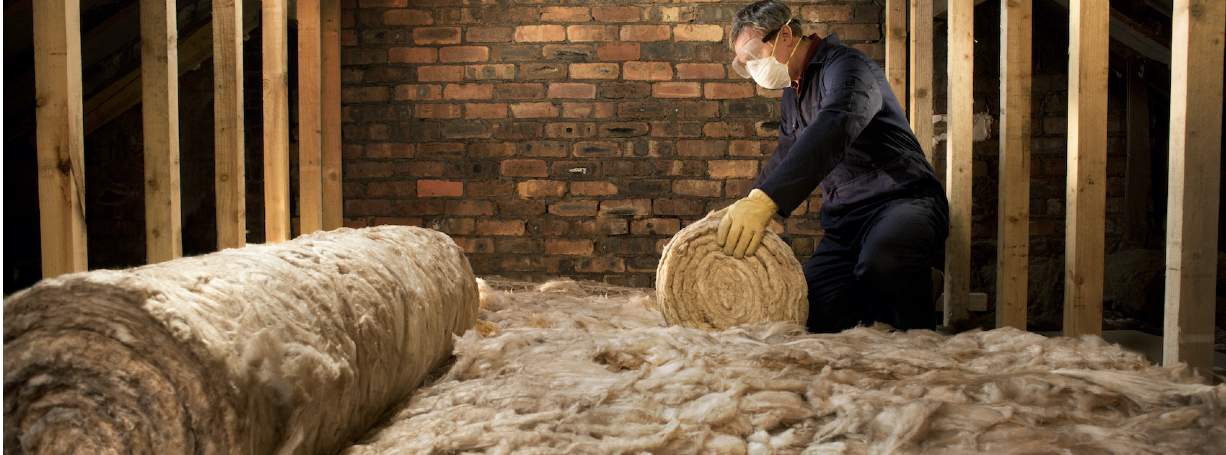Nearly a third of respondents in our recent survey of almost 700 buyers and sellers felt the environmental credentials of a property had become more important to them during the Covid-19 lockdown.
Our new analysis shows there is plenty of opportunity to improve a home’s environmental credentials without breaking the bank.
The energy efficiency of our homes is benchmarked through EPCs, with all properties that are let or sold being given a score that translates into a rating from A (the most energy efficient) to G (the least).
The Government has a stated ambition to upgrade all homes to EPC level C by 2035, where it is cost efficient to do so. But it will require a huge step change in investment.
We analysed all EPC certificates issued since January 2018 and found that just 45 per cent of properties assessed since then achieved a rating of C or above. Our study also found that 96 per cent could achieve such a rating if recommended improvements were made, though the rate of improvement to our homes would need to increase by a staggering seven times to meet the Government’s target according to a 2018 report from the Business Energy and Industrial Strategy Committee (BEIS).
But the payback on such investment could be significant and would take several forms.
At a societal level, our analysis shows that if all suggested improvements were made the country’s collective energy bill could be cut by £5.1 billion each year. Added to that, the BEIS believes it would result in annual cost savings to the NHS of £1.4 billion.
A lot of that saving would come from the least energy efficient existing stock. While they account for an estimated 16 per cent of the nation’s housing, properties with a current rating of E, F and G would generate 49 per cent of the savings if upgraded to a C rating
Of course, improving the energy efficiency of the nation’s housing stock would come at a cost, which we estimate to be in the order of £304 billion across England and Wales (based on our analysis of the suggested improvements within EPCs granted in the past two years).
But it could also boost the value of our homes. By matching EPC records with price paid data from the Land Registry, we estimate that such improvements could unlock latent value of up to £370 billion in the nation’s housing stock (equivalent to almost 2.5 times the total value of all existing housing in the North East of England).
The difficulty here is that costs of different home improvements and their benefits are not evenly distributed.
Our analysis suggests that four low-cost improvements could deliver 40 per cent of the potential energy cost savings. Loft insulation, cavity wall insulation, low energy lighting and insulating a hot water cylinder offer a compelling payback, particularly in the least energy efficient homes where they are mostly likely to be required.
By contrast, on financial grounds at least, big ticket items such as PV panels, solar water heating, solid wall insulation and floor insulation have to be considered as a long-term investment.
Furthermore, our analysis (see table below) suggests that while there is an average differential of 17 per cent in the value of a property between a band B opposed to band F property and an average 15 per cent differential between one in band G and band D, that narrows to less than 4 per cent for properties between band C and band E.
That means there is not a one-size-fits-all solution. However, with an estimated 20 million 'cost effective' insulation opportunities in the UK there are no shortage of ways home owners can do their bit for the environment, cut their energy bills and add value to their home.

.jpg)
.jpg)




.jpg)
.jpg)

